|
7/8/2017 1 Comment The Luck of the DrawOn our last tour, we passed through the beautiful Kensington Gardens and learned a little more about Edward Jenner. Like John Snow, Jenner formulated and acted on his hypothesis made from general observations of people who did and did not contract illnesses: since milk maids did not get smallpox as often as the general population, the exposure to cowpox must be the agent rendering them immune to smallpox. To prove his theory, he did something that was unprecedented- he inoculated a young boy with smallpox.
Fortunately, the eight year old child, along with hundreds of other children who were inoculated, only saw the mild consequences of small pox and most of them became immune soon thereafter. Another character in the story of epidemiology was Sir Alexander Fleming. He too made a monumental contribution to the study of disease and determinants with his bacteria mold. Like Jenner, the success of his experiment was somewhat random and just plain lucky. He forgot to close a window in his lab and Jenner's inoculation happened to be mild enough not to kill the young boy. In addition, Fleming wanted to use his new penicillin drug on a poor and dying man who had a serious fever and dehydration. Even though it worked to reduce the effects of the man's illness, his disease was too far along and the penicillin dosage was too low. It is true that Jenner and Fleming made significant contributions to epidemiology and medicine- no matter how unorthodox their methods were. However, they also contributed to medical ethics and the debate regarding vulnerable populations being used to test and develop new medicines. Children and elderly individuals lack a strong voice within almost every society, especially that of America, and Great Britain is no different. While these two ground breaking epidemiologists capitalized on this fact, it's important to take note of their mistakes and not repeat them. Medical developments should not have to come at the expense of someone else's voice or rights. So I thank Edward Jenner and Alexander Fleming for giving us another aspect of bioethics to consider as we tackle new public health and medical challenges in the future.
1 Comment
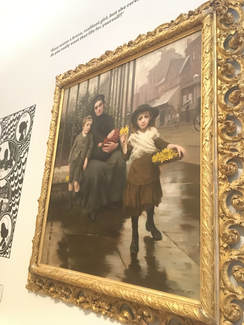 One of the areas in which I was most interested was infant and maternal health. On this trip, I learned about the attitudes throughout history regarding women, specifically unwed mothers, and children. The United Kingdom is no different from the U.S. in that women in these countries weren’t, and still aren’t treated equally. In the 18th and 19th century, this rang true in medical treatment for pregnant women who were unmarried. But this fact didn’t shock me; the way in which they and urban society in London regarded the lives of children was appalling. I’ve always known that the quality of life in London, and many European cities was neither glamorous nor clean, but I didn’t think it would cause so many social and health problems in regards to alcoholism. The drinking culture in the U.K. is very relaxed today which is a stark contrast to the late 18th century when men and women were drunk on cheap gin and committing horrible crimes such as infanticide. The Foundling Museum highlights this era of British history and how Thomas Coram, along with many other brave women, were bold enough to help against society’s wishes. Like Coram and the Duchesses that initiated his patronage, I believe more can be done to improve the treatment that children receive in the US and many other countries. There are cities in America that look and feel like a third world country, so there is much to be done to improve this aspect of health, including increased access to healthy food and higher safety measures to allow communities to exercise in their area. 7/7/2017 2 Comments The Royal ObservatoryI was soooo excited to see the Meridian line and the observatory, but nothing prepared me for that 70 degree hill and the one hour queue to get a ticket into the exhibit. Since my friend and I were also hungry, we decided to skip the observatory (don't worry, we took pictures of it), and go to the planetarium. After we shoveled up 6.5 pounds, we sat in our reclined seats and prepared for the show.
Ironically, the presentation was not about the meridian line (GMT), but rather about the sun dying and a future increasing amount of super storms (a really bright and airy topic lol). I know that sounds depressing, and trust me, it was shocking, but overall it was worth watching. In fact, I think everyone should become aware of the possible interruption of our way of life. A super storm emits billions or electron particles that disrupt and can halt the technologies that we truly depend on for global communication. Say goodbye to Instagram, iMessage, email, and access to the Cloud. I'm not sure for how long a super storm could knock out power grids, but the mere fact that it could and probably will if we don't plan accordingly is more alarming to me than anything else. Not everyone in the world has to go to the planetarium, but I think organizations should make this information more available to the public so they can be mentally prepared to disconnect temporarily in the case of a super storm. In the late 19th century, a solar storm did hit earth and create the phenomenon called the aurora lights. At that time, nothing was digital and communication as well as record keeping were, at best, achieved with a telegram. But a larger solar storm's implications on our 21st century health care system and treatments could be detrimental. Hospitals and clinics around the world are switching to similar digital record systems so they can all access the most updated medical records of their patients. Dead power grids and disrupted online systems could set back access and quality of health care overnight. So astronomical research is heavily connected to public health. I'm grateful that I'm taking the classes I chose on this trip, but I do miss learning astronomy related science, so this excursion was not only informative but really enjoyable. Throughout my middle and high school history lessons, I always questioned what we were being taught about American history and inquired as to why the topics of Native American displacement and the subsequent slavery of Africans were only two chapters or 1 month out of the entire school year. These two parts of history have left a legacy that is very poignant and tangible today. Every school history textbook that I've searched in lacked two things that I believe are essential in understanding these two ethnic groups today: the cultural background and history of Native Americans and Africans before subjugation, and their heroic or groundbreaking roles in American history from 1776 to now. The tours we had of St. Paul's and Brixton with Dean Adams and our guide, Tony delved into this side of history that is largely unspoken in America and the United Kingdom.
We began at the UK's version of Wall Street, known as St. Paul's, where many medieval and colonial guilds are established. These groups no longer sell products like saddles from the Saddlers Guild or Goldsmiths from the Goldsmiths guild, but they still retain a large amount of wealth and influence on the British, and global economy. Tony pointed out that their source of wealth originally came from Africa- the Transatlantic slave trade (goods which were produced and sold) and sometimes slavery itself. The evidence of this can be seen in their exotic logos such as lions and leopards that are obviously not in the U.K. but expressed as icons of strength and ferocity. But their influence in African history did not end there. One of the more widely known modern examples is Nelson Mandela's requests to large business from the U.K. and US like Barclays bank, IBM, Ford, General Motos, HBSC, and Llyods Banking Group (and which used to insure slave ships and their human "cargo") to stop investing in South Africa as it per pushes unequal treatment under apartheid. Ironically, when he was freed and elected president, those CEOs applauded his speech to the British government on the condition of South Africa. We also learned about the documented presence of Africans in London since the time of the Romans (about 2000 years ago). There was so much information jammed into this tour but Brixton, in South London on the Victoria line, was an excellent manifestation of the diverse minority groups in the U.K. This area is relatively poor compared to central London which is disheartening. But on the bright side, they have been and continue to increase sustainable business practices that bring people and commerce to their side of town- including people trying to gentrify the area. To tie this back to public health, discrimination and poverty are immediate SES factors that lead to poorer health and lower quality of care. So it's important to learn/ appreciate history so we can understand why certain regions and statistics are the way they are. Cool fact: David Bowie and Naomi Campbell are from Brixton! Old Operating Theater-
I hate rats, and throughout my grade school career, I was taught that rats carry diseases. You would never touch, let alone consume a rat for your health or hunger. So it was very interesting to read that rats were used by practitioners to cure cough, cold, measles, fever, and even give your offspring healthy eyes in the first century AD. In the 2000 years since, rats are seen more as villains or vectors through which agents such as the bubonic plague can spread. In place of rats, we have synthetic medicine such as Theraflu, Tylenol, and Ibuprofen. In addition to treating common colds, the conditions and treatment of patients during surgery has also changed. I read an excerpt from The Lancet medical journal in the museum that said anesthesia was considered more hazardous to the patients brain and lungs than it was beneficial. But in the 21 century, every surgery has anesthesia, including many outpatient surgeries. So these facts made me curious about the history of medical treatments for infectious and chronic diseases and how they have changed. I can't imagine a world in which I must brave a scalpel to my mouth (wisdom teeth), tonsils, stomach, or any part of my body because I have zero pain tolerance. It's interesting to see how the perceptions of specific medical treatments have changed over time and how they're practiced today. I also saw a bottle of heroin displayed with instructions on how to administer this "medicine" to children. That sounds crazy, but given that over half of the death in London in 1730 were of children under the age of 12, it follows that their treatment was sub par because they were assumed to have the same diseases, and therefore, the same treatments as adults. I was glad to see that the Guy Hospital began to change this incorrect and lethal stigma surrounding children and opening their hospital to "incurable" patients. 6/28/2017 2 Comments London's snowing with inspiration Prior to this class or arriving in London, I had only heard about John Snow and the pump. I knew he was a formative figure in the world of public health and epidemiology, so I decided not to look him up before I arrived. I wanted to experience who he was in London where his work began. It's crazy to think that someone who refused to believe in miasma was a revolutionary figure, but he was. It's also interesting to me that William Far, the head of the census and the man responsible for expanding its reported demographics failed to see what John Snow saw- a pattern of high mortality around water sources. On the walking tour, it was interesting to see how different points in history collided and led to the pump. I'm sad that they removed the replica, but I thought it was so cool that we were in the exact area where cholera broke out and the germ theory essentially began. This tour and lecture gave me a far better understanding and heightened appreciation for the census and its role in epidemiology. There are people behind every statistic and I now see the importance of these statistics in ensuring public health safety. Therefore, I'd like to learn more about how statistics regarding public health have affected the treatment of new outbreaks such as Zika and Ebola. I'd also like to explore or at least answer the question, "does the CDC use the mortality and morbidity rates in other countries to predict an infectious disease's affect on the American population?" I think the courageous and rule breaking attitude of John Snow is somewhat appalling, yet inspirational in hindsight. Most health professionals today do not defy or even question the medicines or treatments they offer their patients or try to examine how a community's well being affects their patients. I think the biggest lesson I learned from John Snow is thinking outside of the box and taking action to improve the quality of life for people I pledge to help in the medical field. |
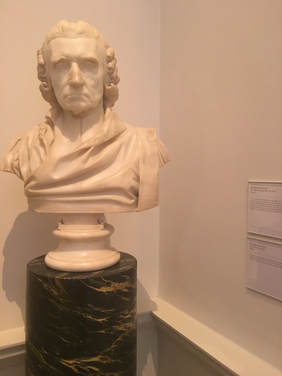

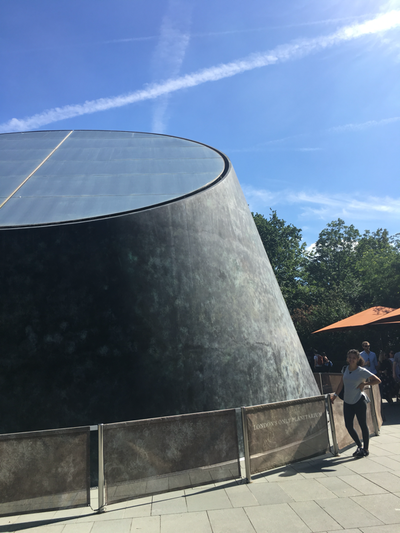
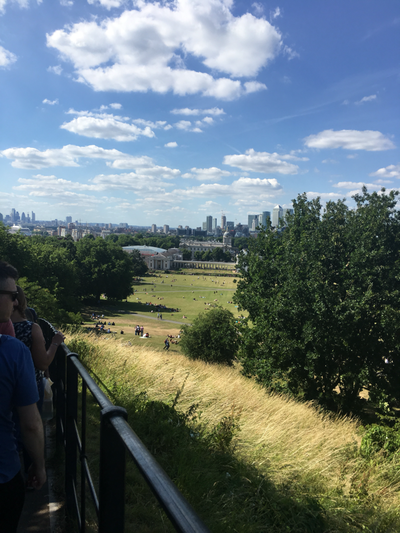
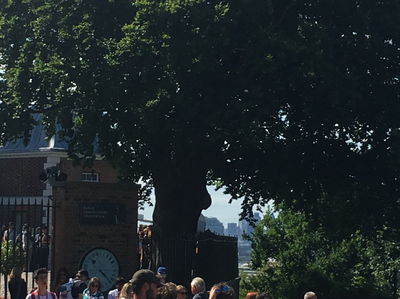
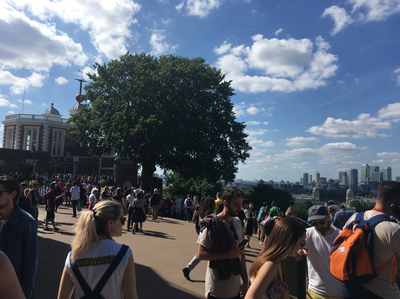
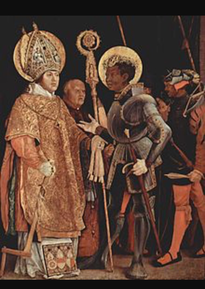
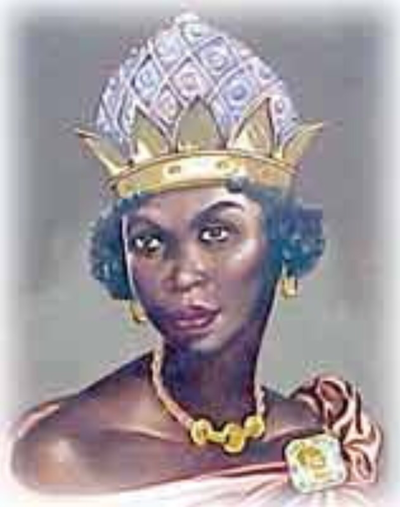
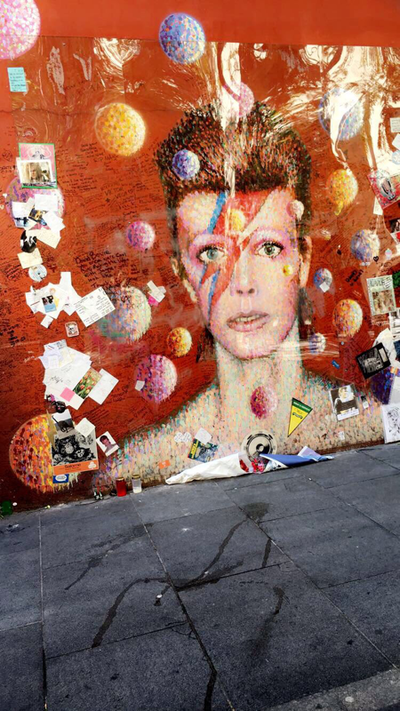

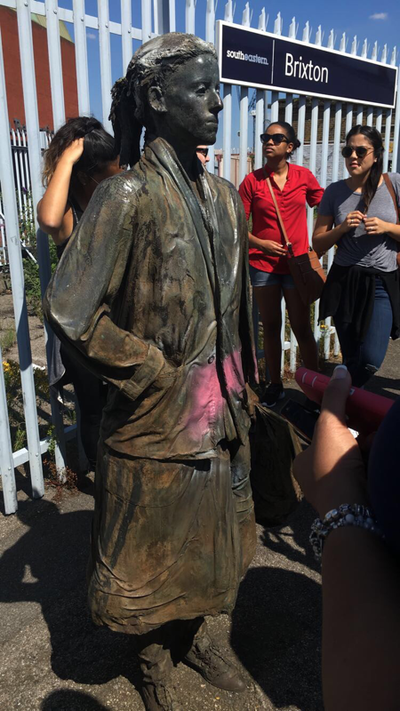

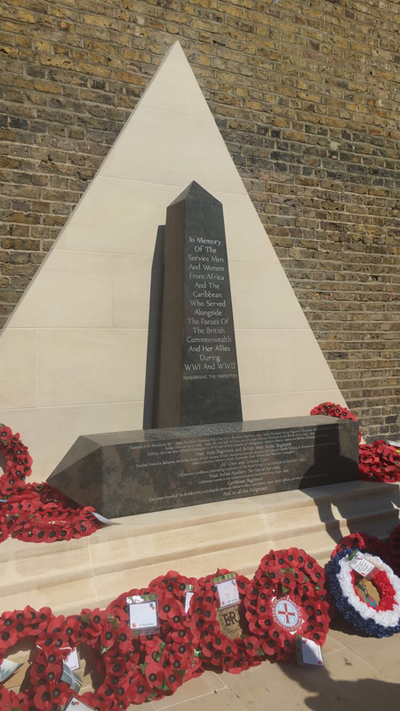
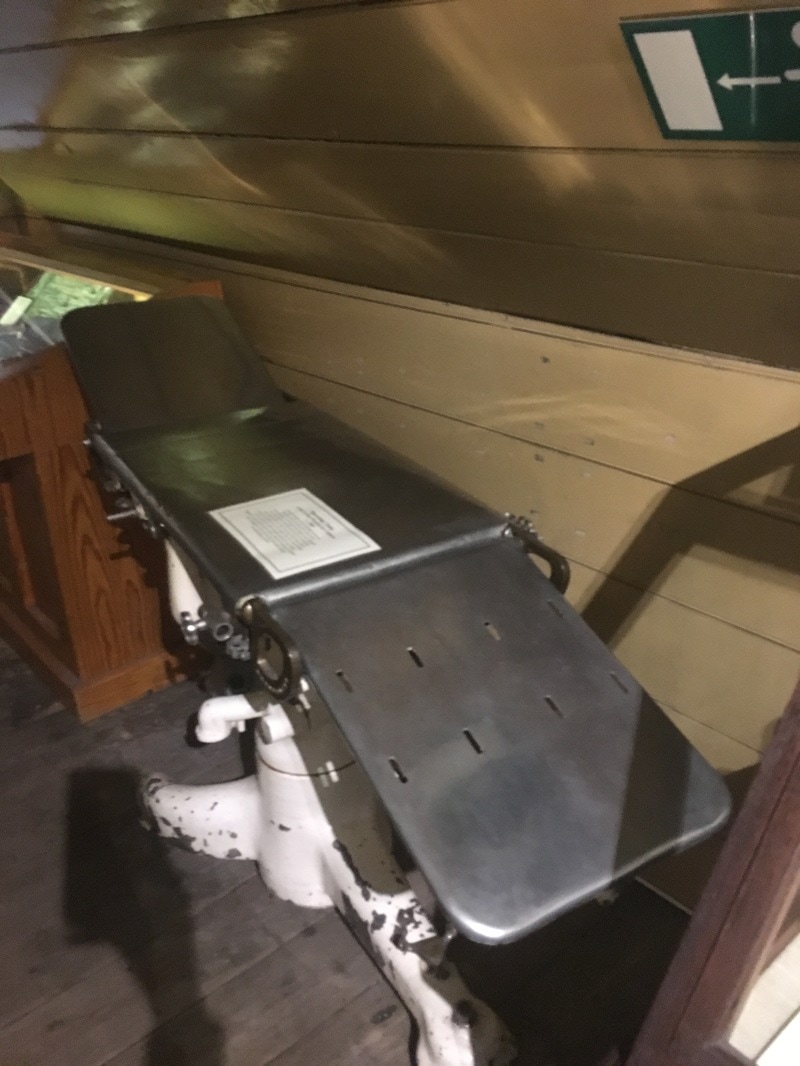
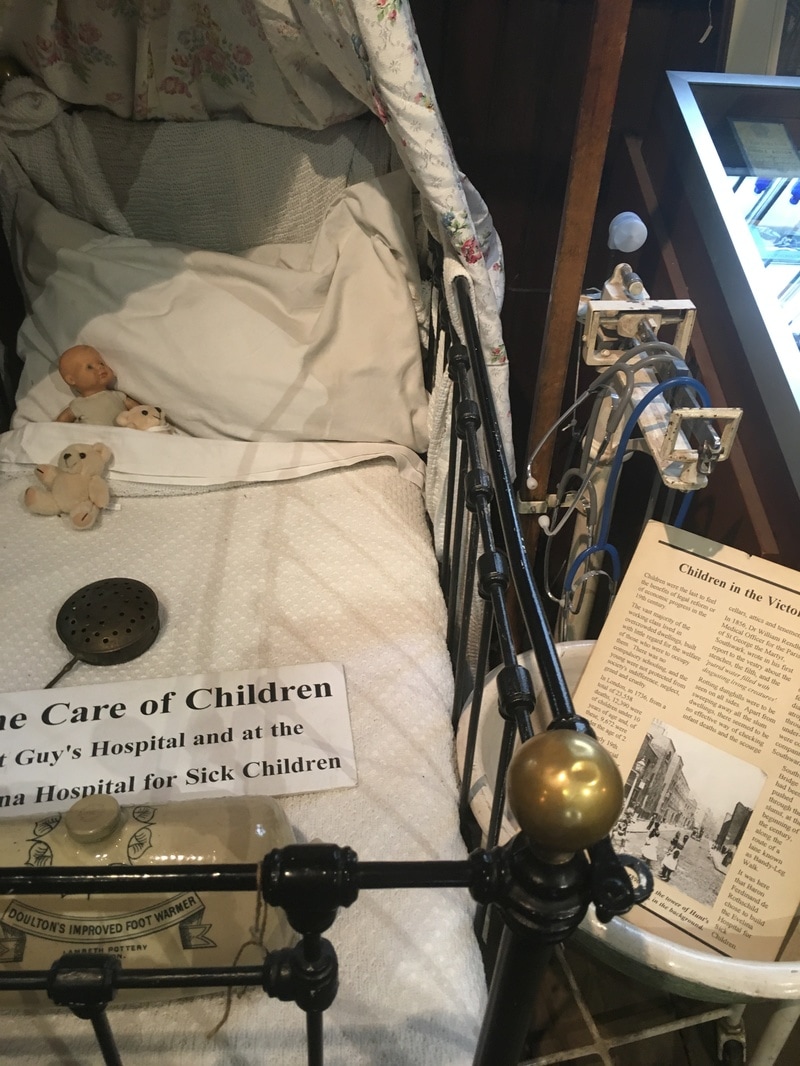
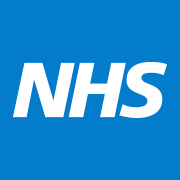
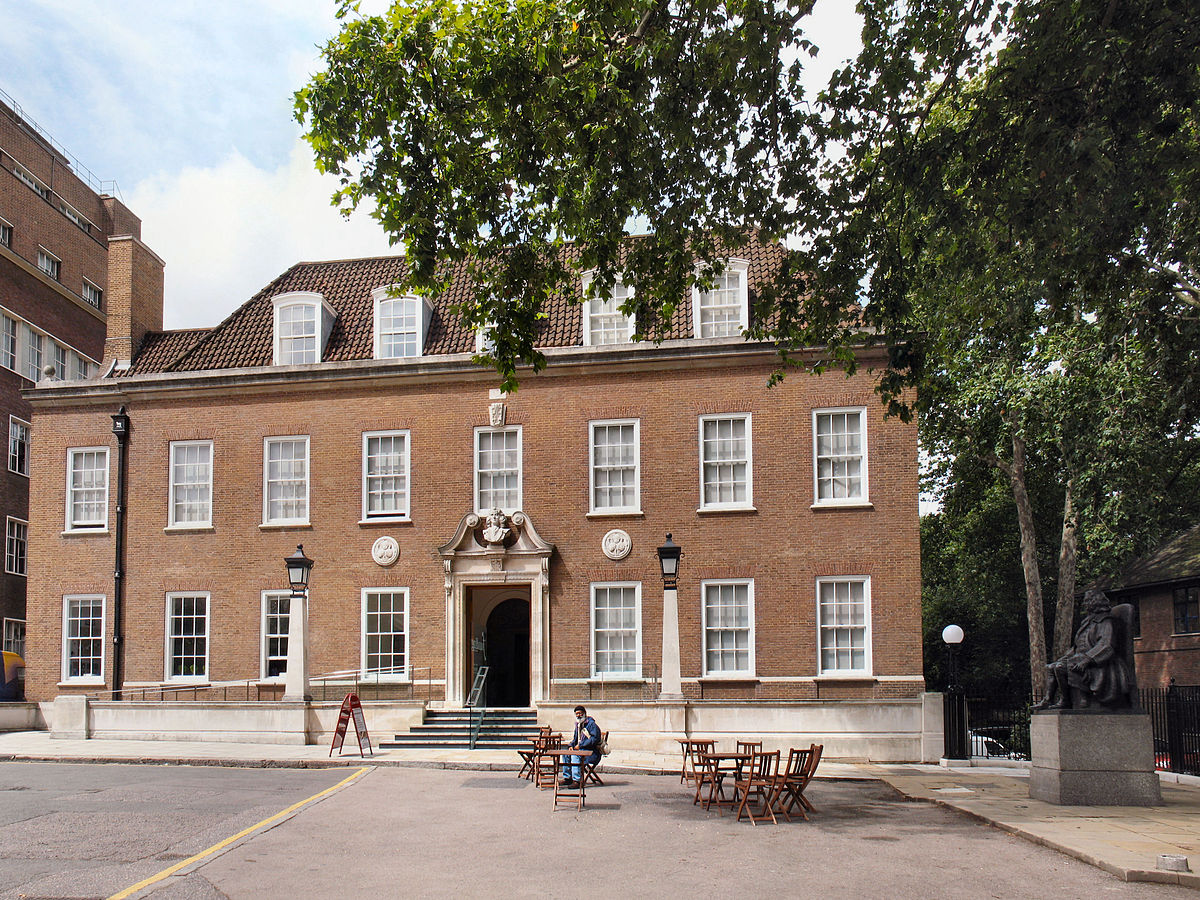
 RSS Feed
RSS Feed
